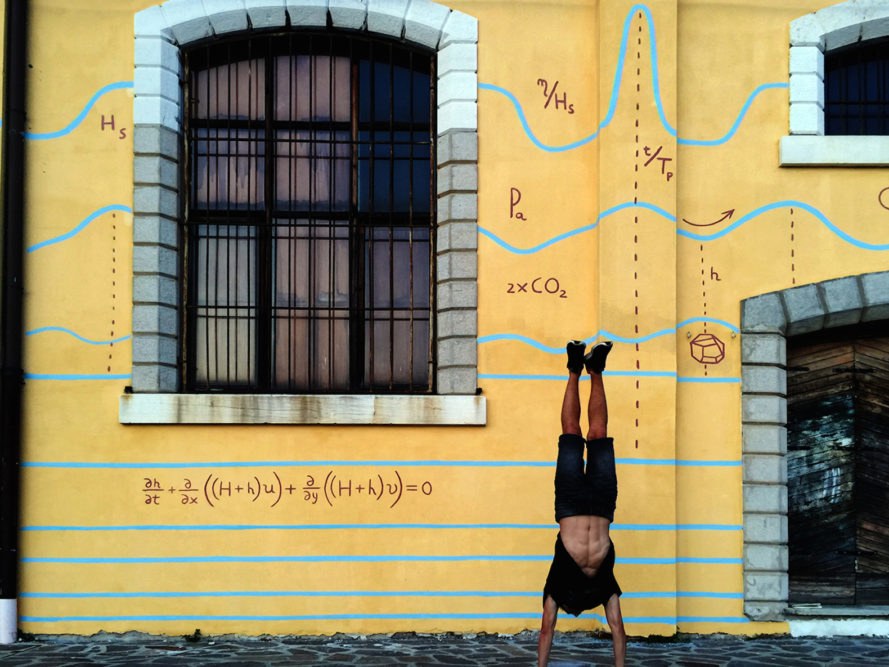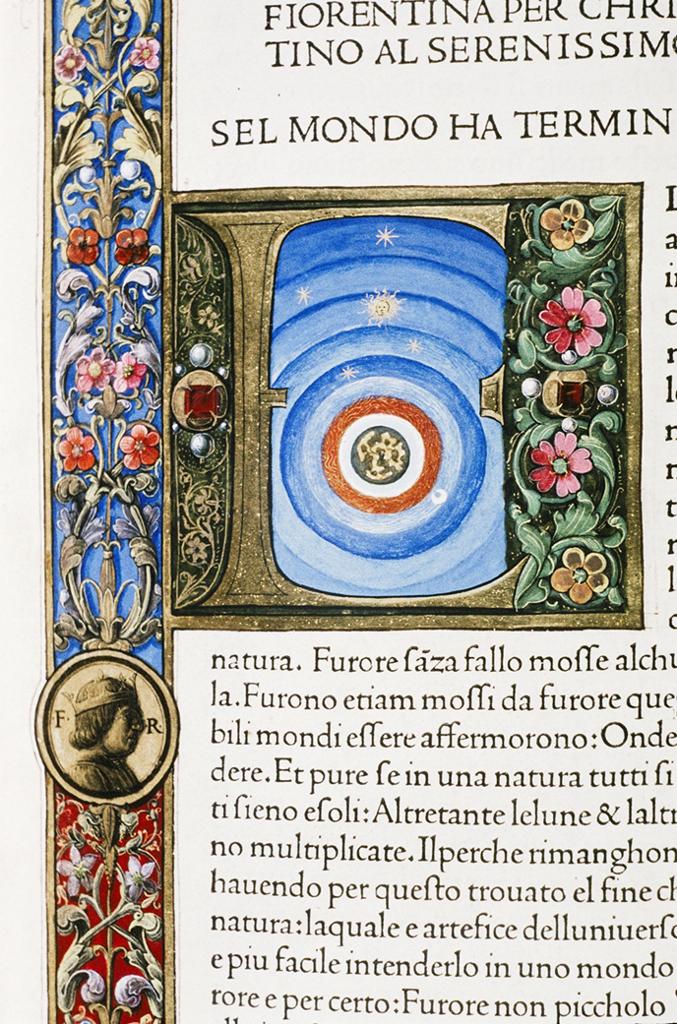Earth Day is celebrated – maybe “acknowledged” is a better word – on 22 April. A number of artists from Italy and elsewhere have used the mountainous Italian peninsula and its adjacency to the sea to comment upon the fragility of the planet’s condition.
Spanish artist Escif is on an eco-art mission to reforest Southern Italy’s Mount Olivella, which due to massive deforestation centuries ago, is causing hydrogeological instability in the region today. The artist’s environmental art intervention, Breath – Time to Recharge includes an image of a tree battery on the bald face of the mountain, which will slowly “recharge” thanks to the planting of 5,000 new indigenous trees, creating what’s being called Europe’s largest artwork.
Located in Sapri, Southern Italy, Mount Olivella was partly deforested in the 1700s. This instability is to blame for climate-related problems such as flooding in the surrounding areas. The Breathproject, designed by Escif and curated by Antonio Oriente, includes planting 2,500 Holm oaks and 2,500 maples on the mountain within a battery image. All in all, the art piece will cover a surface of 120,000 square meters – almost the size of 17 football fields. The first phase of the tree planting began in the fall of 2017. Over time, locals will be able to see the battery image slowly “recharging”. More trees will be planted through 2019 in order to fully recharge the tree battery and restore the mountain back to its green glory.
The also mono-named Andreco manifested the installation Climate 04-Sea Level Rise in Veniceto coincide with the November 2017 COP 23 conference in Bonn, Germany. Introduced as a project promoting dialogue between the arts and sciences, the climate change-inspired installation called attention to the effects of potential sea level rise in Venice. The site-specific project consisted of three parts: a wall mural, a sculpture, and an academic seminar. Andreco’s interventions in Venice began with a giant mural, located next to Canal Grande in Fondamenta Santa Lucia, that represented his artistic interpretation about estimates and data regarding sea level rise in the coastal city.
Of course one of the most notable features of the Biennale di Venezia from 2017 was also a comment on climate change. Lorenzo Quinn mounted the sculpture named Supportat the 14th century Ca’ Sagredo Hotel. Two large hands emerge from canal to support the historic building, representing the role people must play in supporting Venice’s unique world heritage, according to the artist.
“Venice is a floating art city that has inspired cultures for centuries, but to continue to do so it needs the support of our generation and future ones, because it is threatened by climate change and time decay,” Quinn said in a press release.
Quinn created the hands, which each weigh more than 2,200 kilogrammes, in his Barcelona studio before they were brought to Venice for installation in the Grand Canal.
Escif, Breath – Time to Recharge, begun 2017.
Andreco, Climate 04-Sea Level Rise in Venice, 2017.
Lorenzo Quinn, Support, 2017.
Pliny the Elder; Cristoforo Landino (translation). Natural History (‘Douce Pliny’). Folio #: fol. 021r. Made in Florentine Venice. Came to the Bodleian Library at Oxford University as part of the bequest of Francis Douce at his death in 1834. Shelfmark: Arch. G.b.6.
Further Reading: Gry Hedin and Ann-Sofie N. Gremaud, editors. Artistic Visions of the Anthropocene North: Climate Change and Nature in Art. London: Routledge, 2018.



